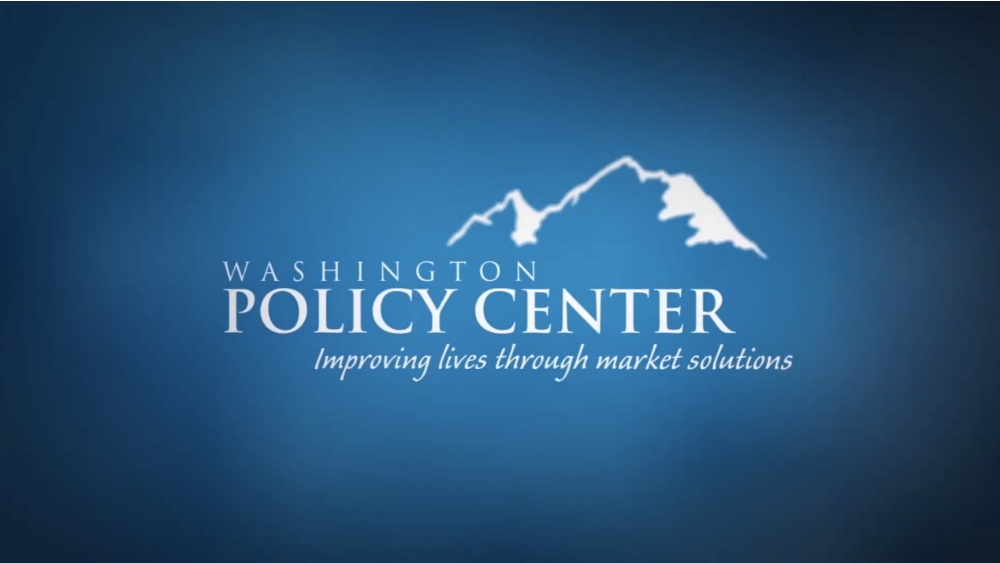Seattle – Washington should apply for its share of federal high-speed rail stimulus funds for safety improvements such as grade crossings and signaling systems, but not for new trains that will obligate taxpayers to pay millions of dollars in annual subsidies, says a new report from Washington Policy Center (WPC).
The Administration has compared its high-speed rail plan with President Eisenhower’s Interstate Highway System. But interstates were paid for entirely out of gas taxes and other user fees, not general taxes, and the average American travels on interstates 4,000 miles per year. By comparison, general taxpayers will pay for the cost of building and much of the costs of operating high-speed trains that will be used by few.
The Administration’s proposed high-speed rail plan will cost $1,000 for every federal income taxpayer, yet the average American will ride high-speed trains less than 60 miles a year. The report estimates that the average Washingtonian will take a round trip on high-speed trains only once every 8.5 years.
The federal government is proposing to build true high-speed rail lines—with trains going faster than 120 miles per hour—only in California and Florida. In Washington and most of the rest of the country, it is merely proposing to upgrade existing freight tracks to boost top Amtrak speeds from 79 to 110 mph.
Trains with a top speed of 110 mph will have average speeds of just 55 to 75 mph. Not only will that attract few people out of their cars, says the report, such trains will actually be less energy efficient and more polluting than driving.
“The performance data shows that intercity rail is more novelty than a serious travel alternative,” says Michael Ennis, WPC’s transportation director. “Given rising congestion levels, the resulting negative economic impact it causes and massive transportation infrastructure deficits in most every urban center in the United States, can’t we find better ways to spend our limited transportation tax dollars?”
Premium fares and a downtown orientation means that the main people riding these trains will be bankers, lawyers, government officials, and other high-income people who hardly need subsidized transportation. Not only will each federal income taxpayer pay $1,000 for someone else to ride the train, that someone probably earns more than the average taxpayer.
The complete report can be viewed online.
A Policy Note summarizing the full study is available here.


